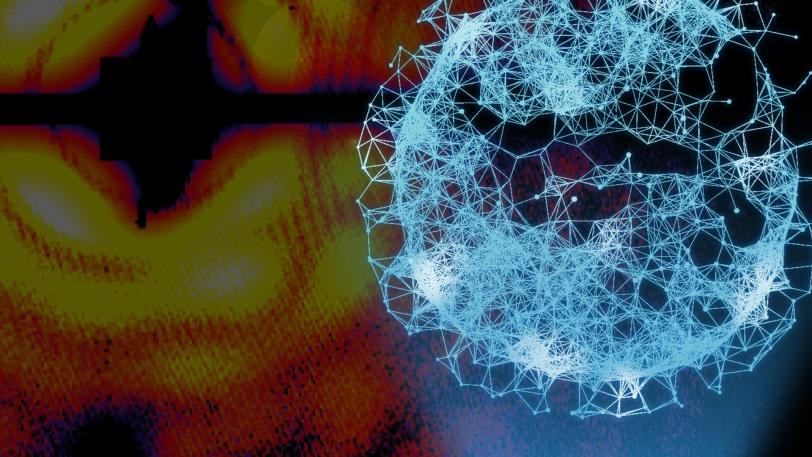Scientists use X-rays to produce high-resolution snapshots of viruses, proteins and other tiny structures of nature. They do this by bouncing X-rays off the object to produce a diffraction pattern, which is then used to create a high-resolution image. Interpreting diffraction patterns is challenging and ambiguous. One solution to this problem is to create an X-ray hologram using the very intense X-ray beam provided by SLAC¹s X-ray laser, the Linac Coherent Light Source (LCLS). This talk describes how to make holograms of nanoscale objects, and shows the world¹s first three-dimensional X-ray holograms of tiny viruses and atomic clusters.
Past
Event
· Public Lecture
Holograms at the Nanoscale: New Imaging for Nature's Tiniest Structures
Presented by Taisia Gorkhover
About Taisia Gorkhover
Taisia Gorkhover has been fascinated with X-ray imaging since she saw an X-ray of her broken finger at the age of 7. In her undergraduate studies in Berlin in 2006, she made her first hologram of a coin, using an optical laser. Gorkhover did her graduate work in Berlin, imaging small atomic clusters, and received her PhD in 2014. That same year, she received a Peter Ewald fellowship to come to SLAC and set out to use LCLS to produce X-ray holograms. Gorkhover is a researcher with the Stanford PULSE Institute at SLAC and in 2016 was named a SLAC Panofsky Fellow.
Past
Event
· Public Lecture
Holograms at the Nanoscale: New Imaging for Nature's Tiniest Structures
Presented by Taisia Gorkhover
Public Lectures

Holograms at the Nanoscale: New Imaging for Nature's Tiniest Structures
June 6, 2017
Public lecture presented by Taisia Gorkhover
SLAC National Accelerator Laboratory
Tuesday, June 6, 2017
12:30–1:30 p.m. PDT
12:30–1:30 p.m. PDT